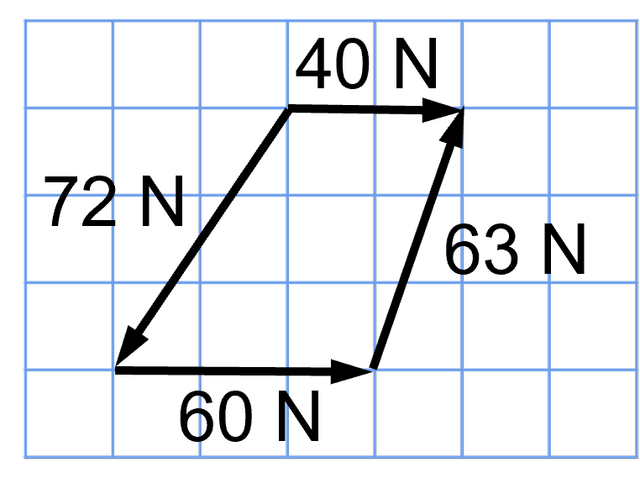Myths about teaching can hold you back
- Year 11
- OCR
- Higher
Forces in two dimensions
I can draw and interpret free body force diagrams to describe the resultant force on an object.
- Year 11
- OCR
- Higher
Forces in two dimensions
I can draw and interpret free body force diagrams to describe the resultant force on an object.
These resources will be removed by end of Summer Term 2025.
Switch to our new teaching resources now - designed by teachers and leading subject experts, and tested in classrooms.
These resources were created for remote use during the pandemic and are not designed for classroom teaching.
Lesson details
Key learning points
- A free body diagram shows all of the forces acting on a single object.
- The resultant of two forces can be determined by adding individual forces on a vector diagram.
- The resultant of two perpendicular forces is in a different direction from either of these forces.
Keywords
Resultant force - A single force that represents the effect of all the forces acting on an object.
Equilibrium - The state of an object if there is no resultant force acting on it.
Vector diagram - A drawing in which forces are drawn end–to–end, and to scale, which can be used to find a resultant force.
Common misconception
The velocity of an object must be in the same direction as the resultant force acting on the object.
Invite pupils to consider situations in which the resultant force is not in the same direction as the velocity, such as an object that has been thrown upwards and is slowing down as its height increases.
To help you plan your year 11 combined science lesson on: Forces in two dimensions, download all teaching resources for free and adapt to suit your pupils' needs...
To help you plan your year 11 combined science lesson on: Forces in two dimensions, download all teaching resources for free and adapt to suit your pupils' needs.
The starter quiz will activate and check your pupils' prior knowledge, with versions available both with and without answers in PDF format.
We use learning cycles to break down learning into key concepts or ideas linked to the learning outcome. Each learning cycle features explanations with checks for understanding and practice tasks with feedback. All of this is found in our slide decks, ready for you to download and edit. The practice tasks are also available as printable worksheets and some lessons have additional materials with extra material you might need for teaching the lesson.
The assessment exit quiz will test your pupils' understanding of the key learning points.
Our video is a tool for planning, showing how other teachers might teach the lesson, offering helpful tips, modelled explanations and inspiration for your own delivery in the classroom. Plus, you can set it as homework or revision for pupils and keep their learning on track by sharing an online pupil version of this lesson.
Explore more key stage 4 combined science lessons from the Forces make things change unit, dive into the full secondary combined science curriculum, or learn more about lesson planning.

Equipment
1 cm squared paper.
Licence
Prior knowledge starter quiz
6 Questions
Q1.How many newtons (N) are there in 53 kN?
Q2.The diagram shows a force arrow drawn on a grid of 1 cm squares. What is the magnitude of the force?
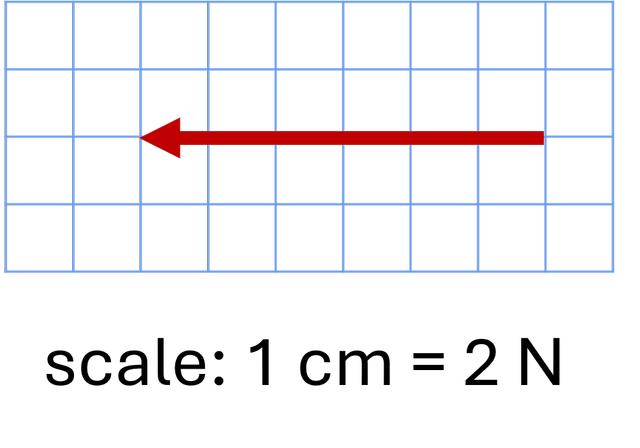
Q3.There is a law of physics which states that an object will remain at rest, or in motion in a straight line at constant speed, unless a resultant force is acting on it. What is the name of this law?
Q4.What is the magnitude of the resultant force in the diagram shown?
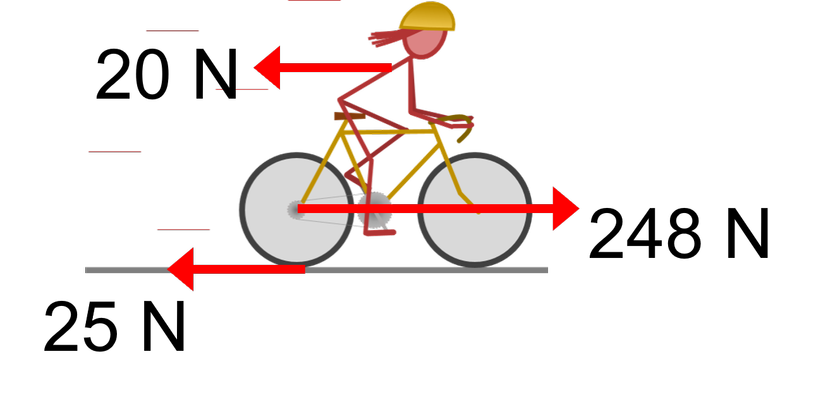
Q5.The diagram shows an object with a single force acting on it. Which of the following are possible descriptions of the object’s motion?

Q6.A child throws a ball straight up. Which of the following is a correct free body diagram of the ball as it travels upwards?
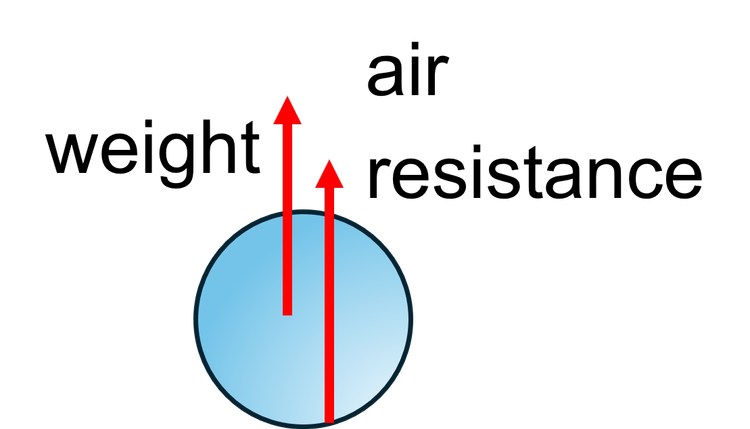
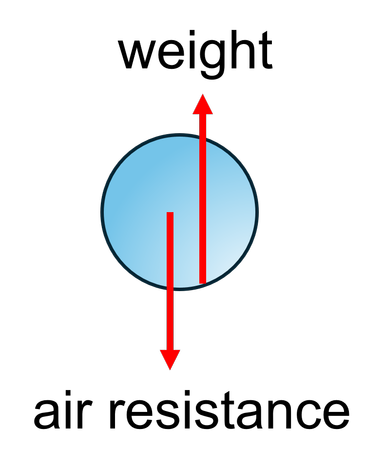
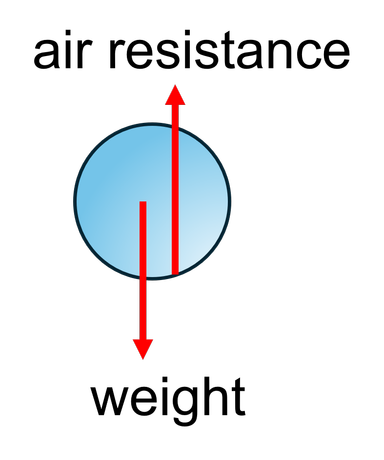
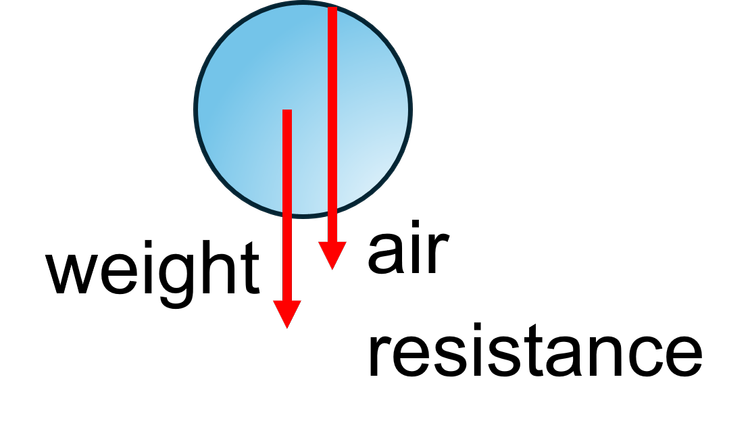
Assessment exit quiz
6 Questions
Q1.Which of the following does an object in equilibrium never do?
Q2.A duck is swimming in a straight line across the surface of a lake, at a steady speed. Which of the following free body diagrams correctly shows the forces acting on the duck?

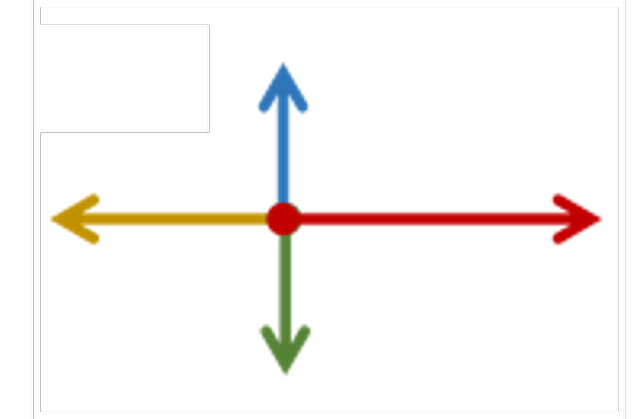
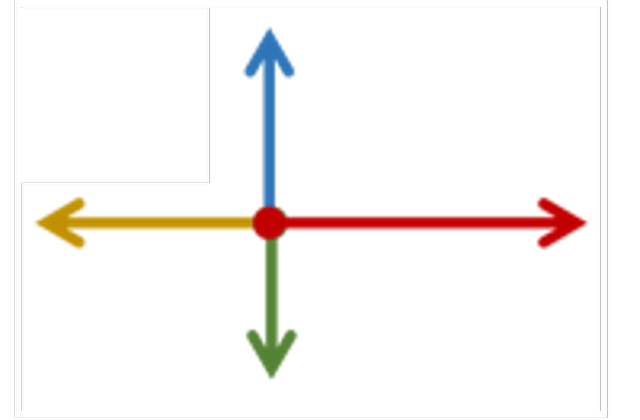
Q3.A helicopter is in equilibrium in the air. Which of the following motions are possible?
Q4.An aeroplane and its free body diagram are shown. Which of the following are possible descriptions of the aeroplane’s motion?
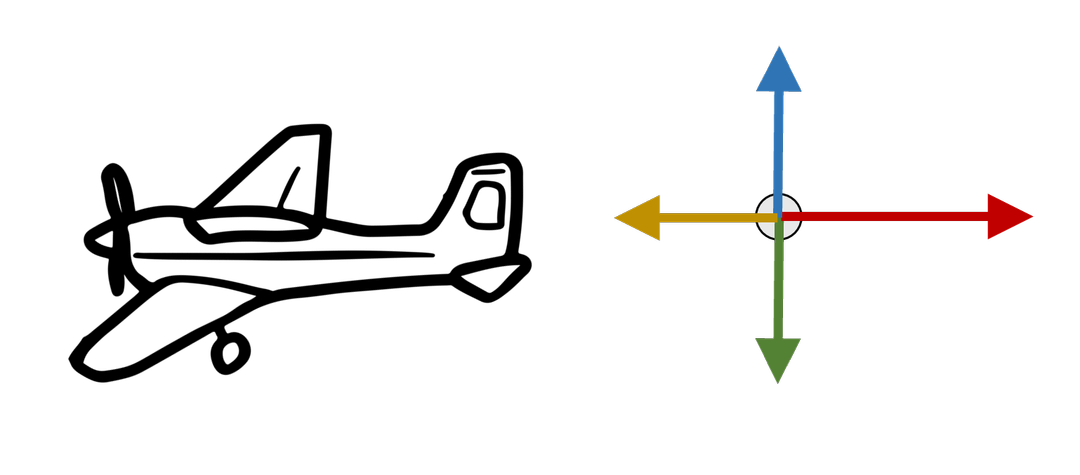
Q5.A spaceship in space uses two rockets to produce forces acting in two directions at the same time. Which of the following vector diagram shows how to find the resultant force?
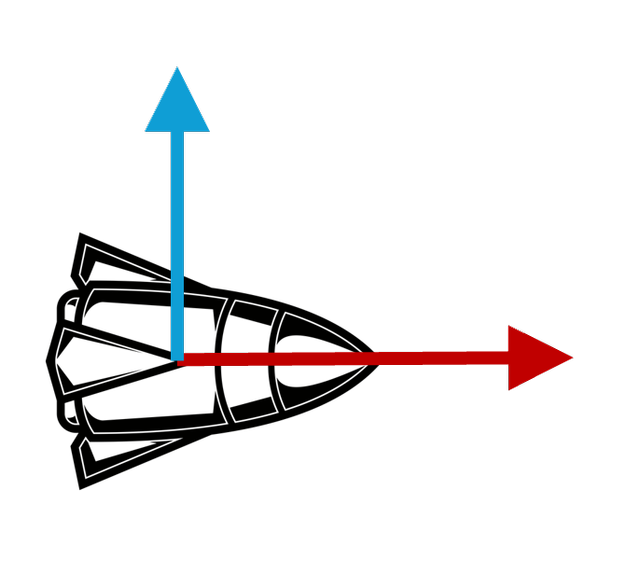
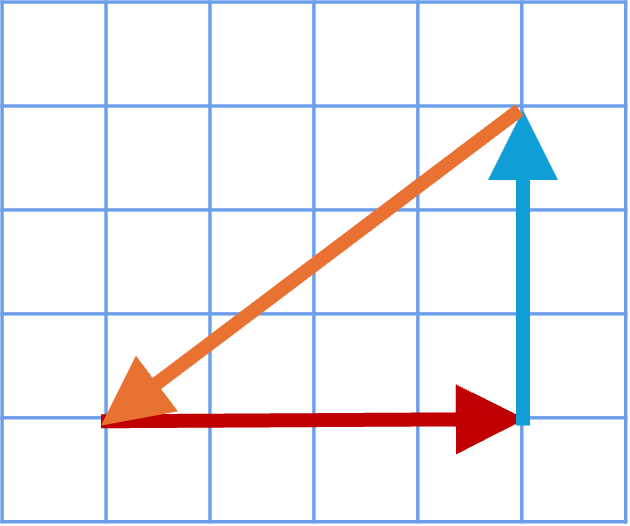
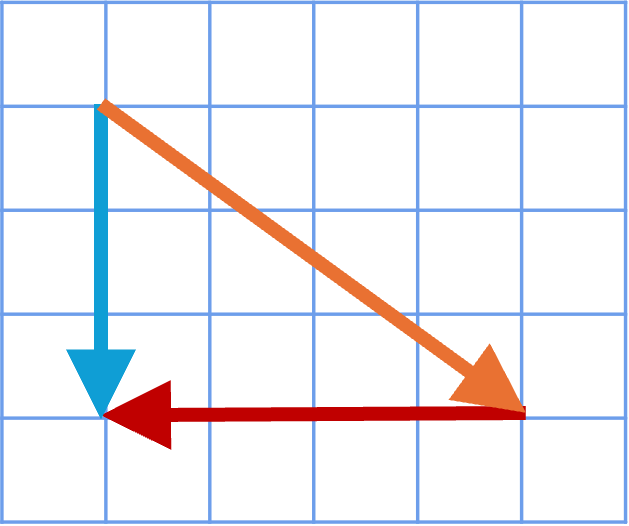
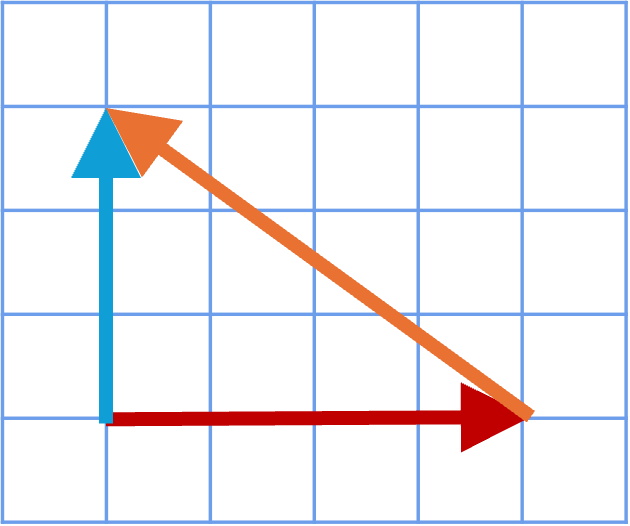
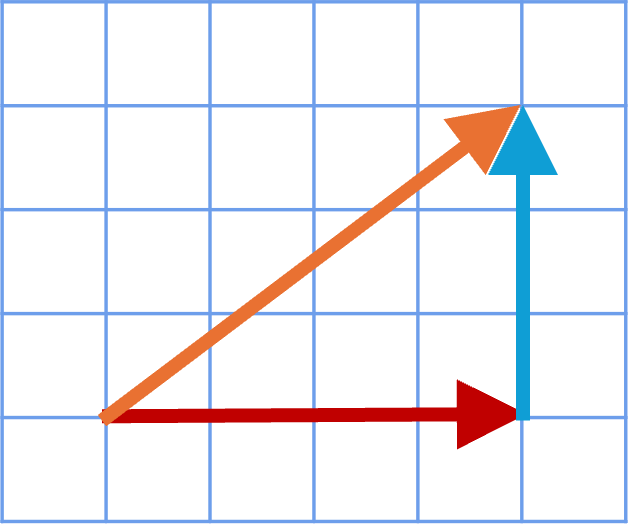
Q6.The vector diagram shows the addition of three forces to find the resultant force. What is the magnitude of the resultant force?
